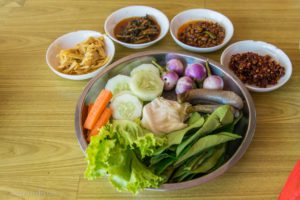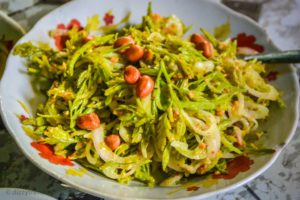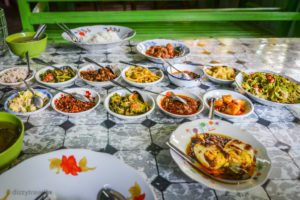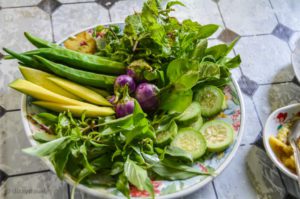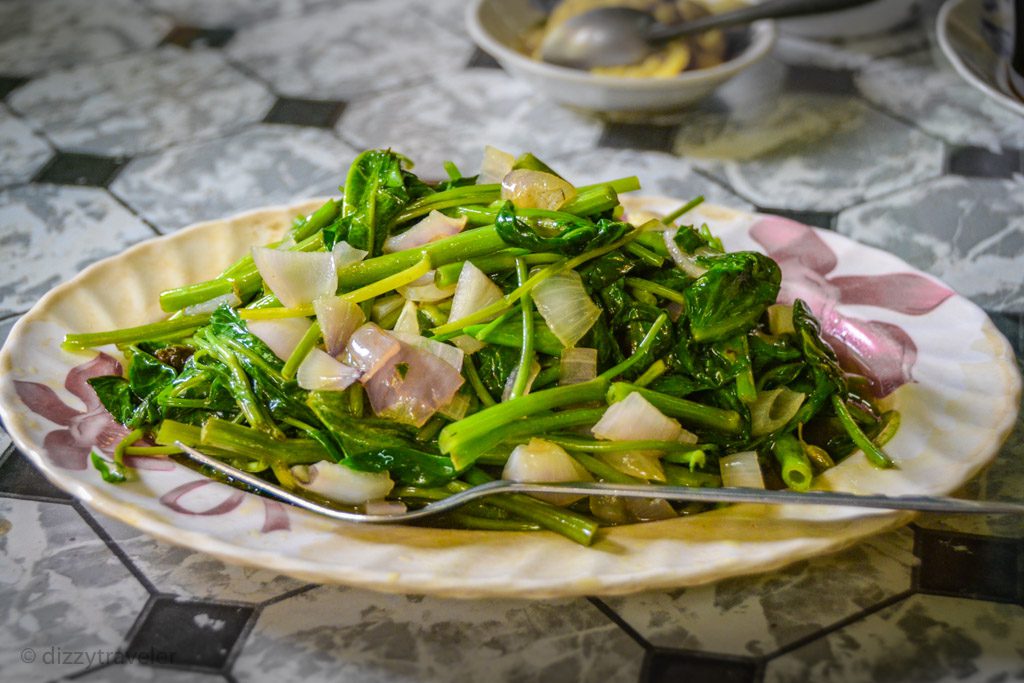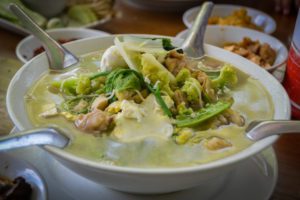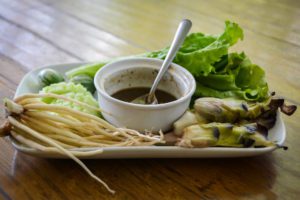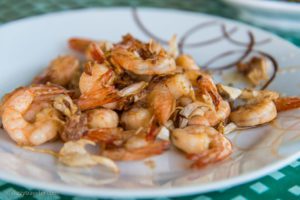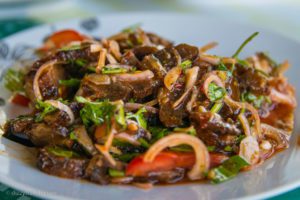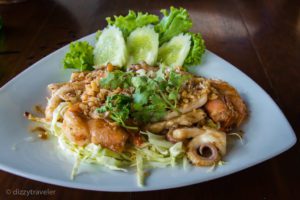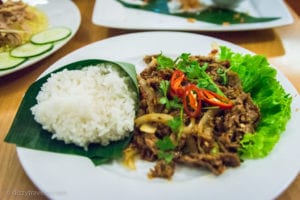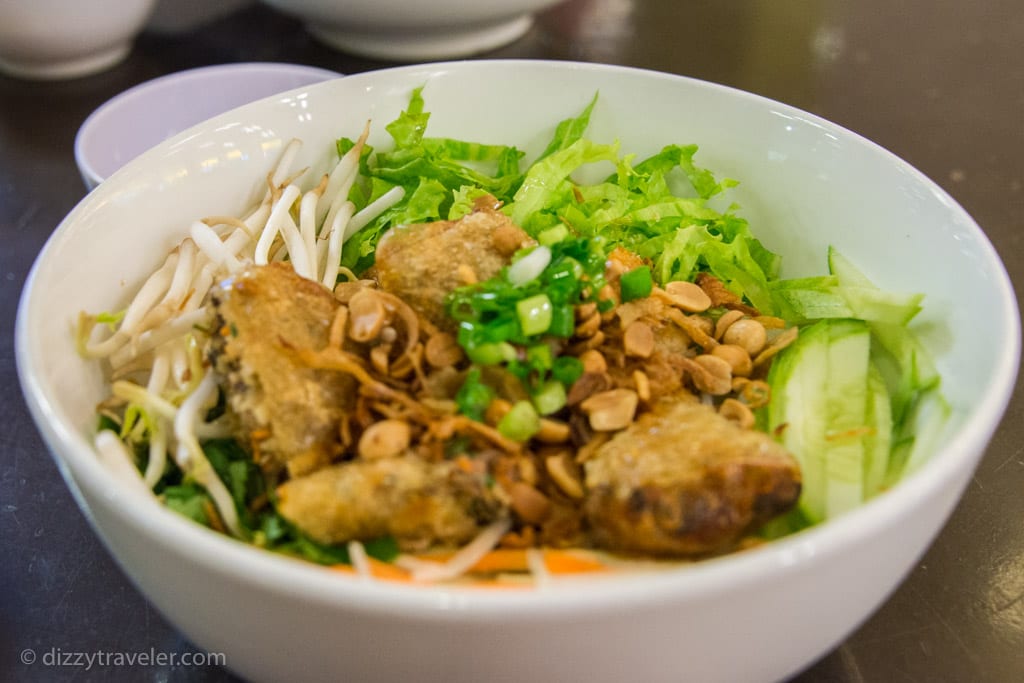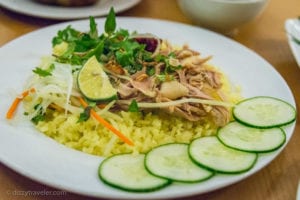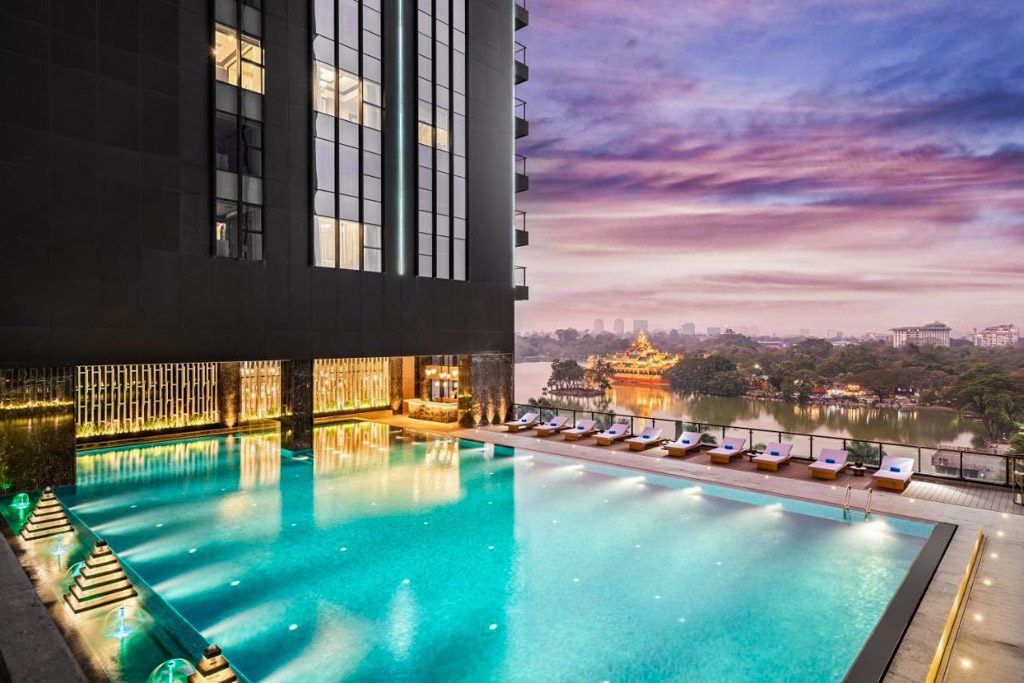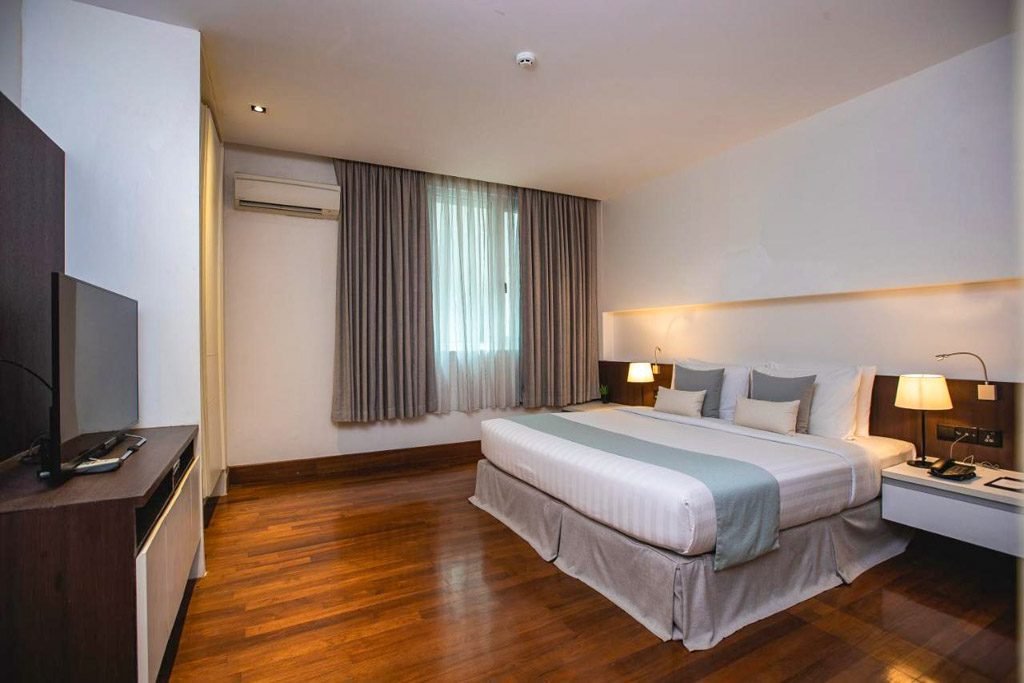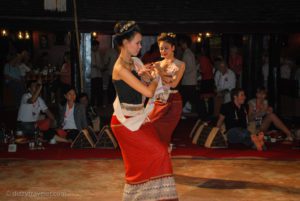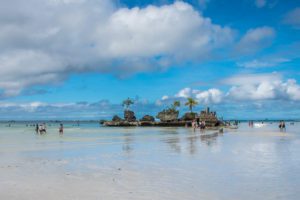Yangon (Rangoon) is the former capital and largest city in Myanmar, with a population of about 6 million. It is definitely one of the best places to capture the spirit of Myanmar life, where the golden beauty of Shwedagon Pagoda, Sule Pagoda, Kandawgyi Lake, Bogyoke Aung San Market and its British colonial architecture displays the city’s uniqueness. One of the best ways to experience Yangon to its fullest is to just walk around with a map. This list of top things to do does not include everything there is to do in the city, but I believe it’s a start.
Best Things To Do In Yangon
One of Yangon’s main attractions is visiting Pagodas or Buddhist temples where local people come to pray and practice Buddhism. These sites are the perfect places to learn about Buddhism in Myanmar.
Visit Sule Pagoda
The Sule Pagoda is relatively smaller than Shwedagon Pagoda and located right in the center of Yangon. It was surrounded by busy streets, markets, and colonial-era buildings. I paid the $3.00 entrance fee, took off my shoes, and went inside to explore. The main pagoda, a golden octagonal bell shape, is surrounded by minor stupas, bronze bells, and shrines containing Buddha images. Eight Buddha images represent each day of the week (Wednesday represents two days).
Walking along the circular path, I saw the shrines up close; my local friends paid homage to their birthday Buddha. I followed them by sticking a few golden stickers on the Buddha, representing my birthday. There were many praying around the octagonal stupa, lightening up incense, bringing offerings of flowers, and fruits, pouring water on the top of the statues, and dropping money in the donation box. Overall the environment inside reminded me that it’s a genuinely spiritual and peaceful place unique to Myanmar.
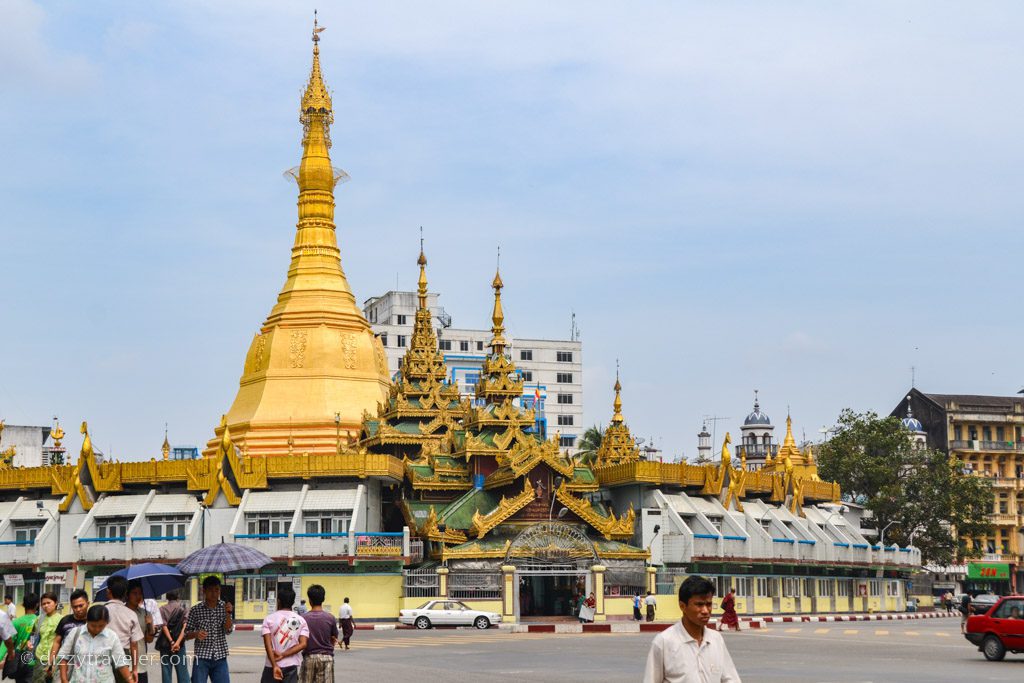
Next Stop At Shwedagon Pagoda
I was totally impressed by Shwedagon Pagoda most famous place that should be a must-see on every travel itinerary. The Giant 99-meter-high gold-plated pagoda on top of a small Singuttara hill is Yangon’s most prominent landmark visible from much of the city. However, it is a different scene at night when spotlights light up the pagoda. I could clearly see the beautiful view of the golden stupa far away from Karaweik Hall at night. It is so gorgeous inside; the floor gets hot during the day, and sometimes you may find it very difficult to walk barefoot.
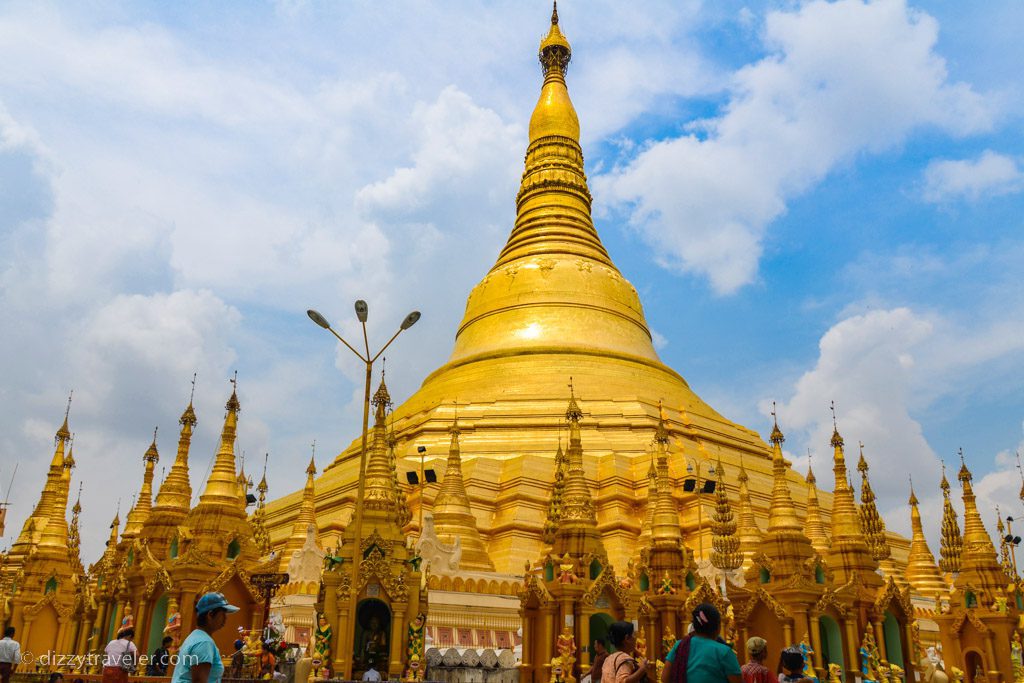
Chaukhtatgyi Paya for Giant Reclining Buddha
One of the interesting temples we visited in Yangon was the Chauk Htat Gyi Temple, wherein lies a giant 65 meters long reclining Buddha. This place is just a short distance from Shwedagon. Chaukhtatgyi is well-known for Buddha’s statue with large expressive eyes, red color lips, and bright blue eyeshadow, often called Sweet-eyed Buddha.
We had to go through a long-covered corridor to the main temple building. It’s not an open square like other pagodas, so there is no need to hurry in midday and worry about getting a foot blister; instead could relax, observe, discover things around me, and pay more attention to details. The locals first pay homage to the main Buddha, with the offering of flowers and candles, and then worship at the shrine of the Buddha of their birthdate. Seeing Buddha’s feet decorated with 108 sacred Buddhist symbols was nice. Definitely, this should be on the top of anyone’s must-see list when visiting Yangon.
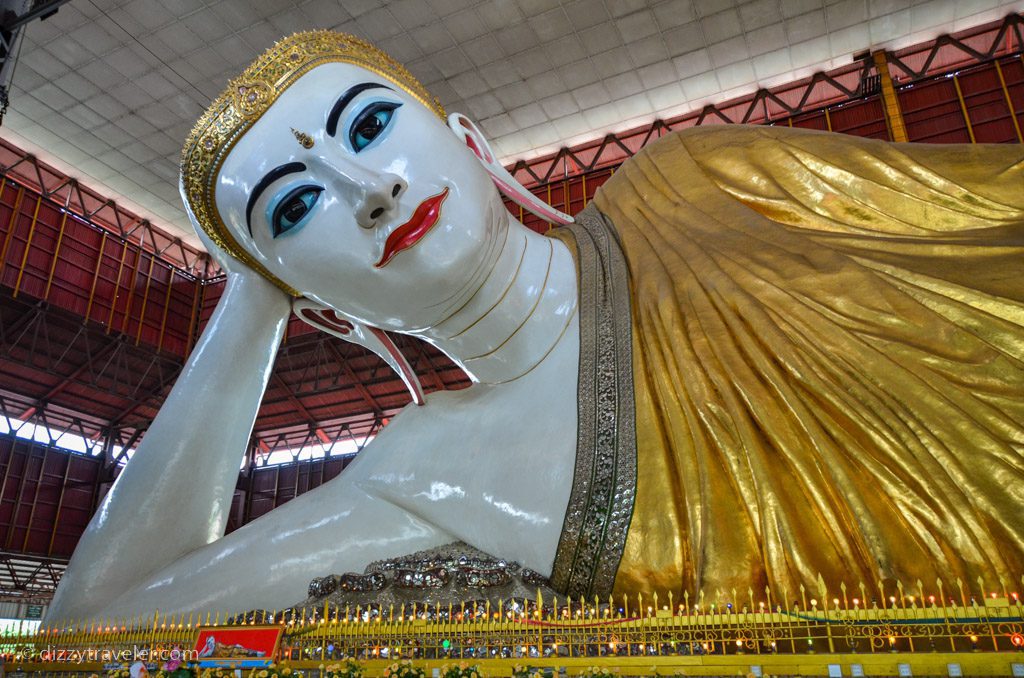
Nga Htat Guyi Pagoda
This Pagoda is known for its enormous seated image of Buddha, one of the major tourist attractions in Yangon, and a famous temple among the local Buddhist devotees in Myanmar. Nga Htat Gyi means ‘five-story Buddha’ and is situated across the Chauk Htat Gyi Buddha, the reclining one. This temple was quieter than any other temple nearby, with lovely Buddha statues. Not touristy, so we were able to take out time to look around. Worth a visit if you have some free time in Yangon.
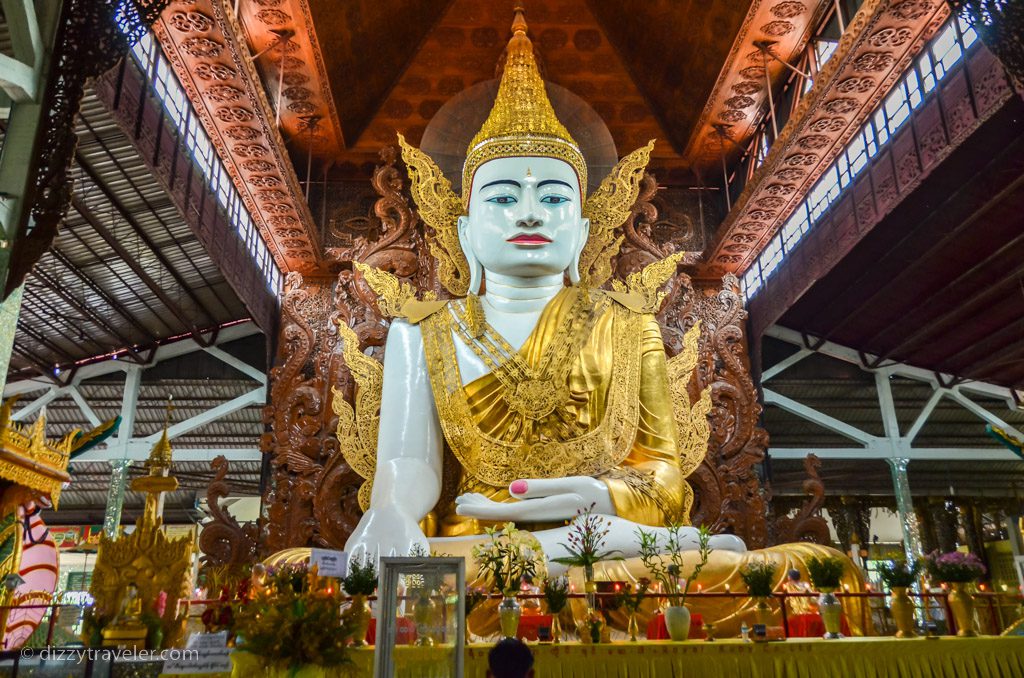
Maha Wizaya Pagoda
Maha Wizaya Pagoda is next to Shwedagon Pagoda, so it is worth paying a visit since it is so close, free, and has a beautiful interior! And, of course, the usual golden stupa is so prominent at night. The central shrine has a beautiful domed ceiling with paintings of scenes, a portrait of Buddha, and lovely wall paintings of landscapes with stupas and temples. With very few visitors, this temple was one of our most enjoyable ones.
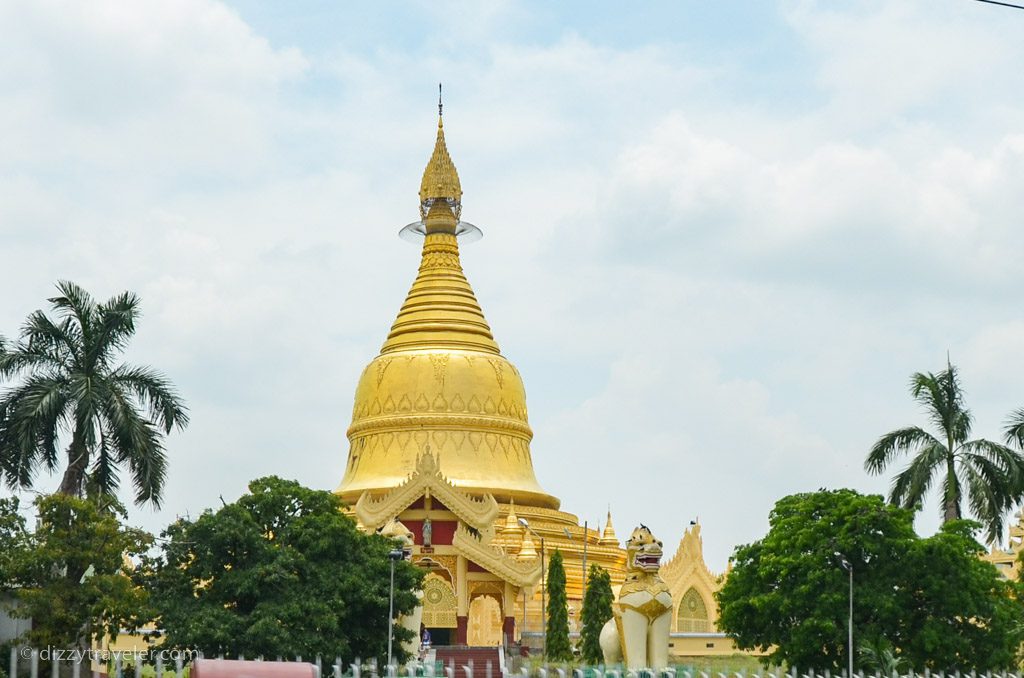
Botataung Pagoda
Located on the bank of the Yangon River, Botahtaung Pagoda with a typical golden dome that narrows gradually to the top. However, unlike many pagodas, Botahtaung is hollow inside, allowing visitors to walk through to respect what is considered the highlight of any pilgrimage – a glass case containing a sacred hair relic of the Buddha.
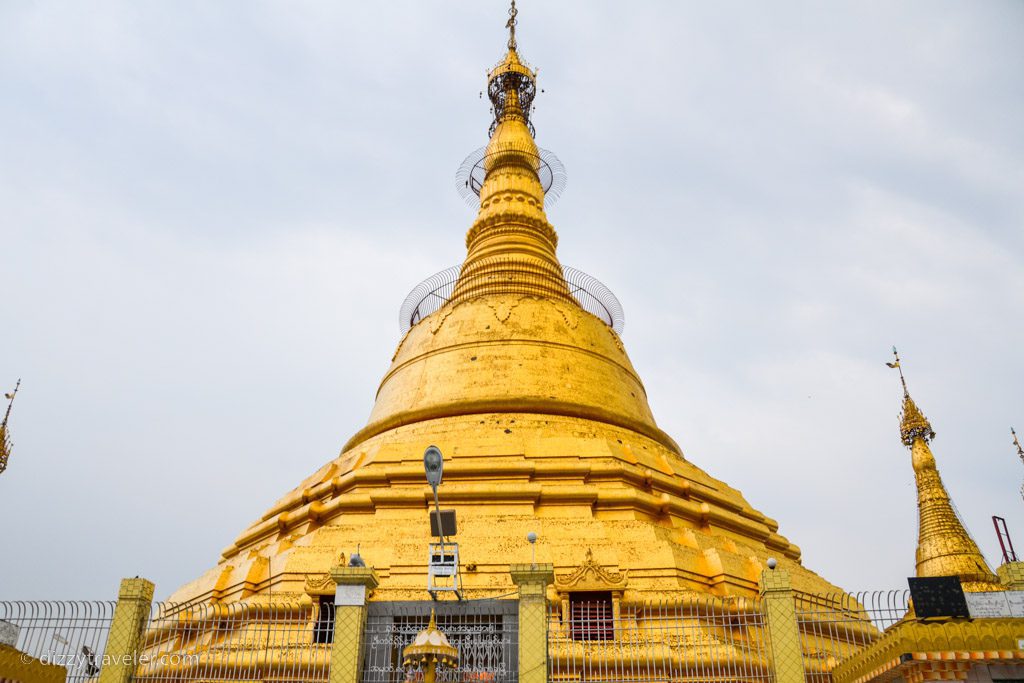
Karaweik Hall & Kandawgyi Lake
Kandawgyi Lake translates to “great royal lake” and is one of the prominent lakes in Yangon. Located just north of congested and bustling downtown Yangon, a great place to escape the anxiety of traffic and headache from blowing horns with a relaxing walk through the surrounding tree-filled park. The well-kept gardens and grassed grounds are a great spot for a tourist like me to hang out and enjoy the excellent view of Shwedagon Pagoda and its reflection off the water during the day as well as when it lights up at night.
Karaweik Hall host cultural shows like traditional music, local dance, and puppet show with the option of a Buffet dinner which was a little overpriced for me. There are other restaurants and cafes by the lake with a 300 kyat entrance fee and views of the lake. The boardwalk along the south of the lake, with an entrance fee of 2,000 kyats, gives you a clear view of Shwedagon. Although it was a little uncomfortable walking during the day due to the heat, the evening experience was spectacular enjoyed the colorful Shwedagon Pagoda sitting by the lank, having a local beer, and watching local activities. A great photo opportunity.
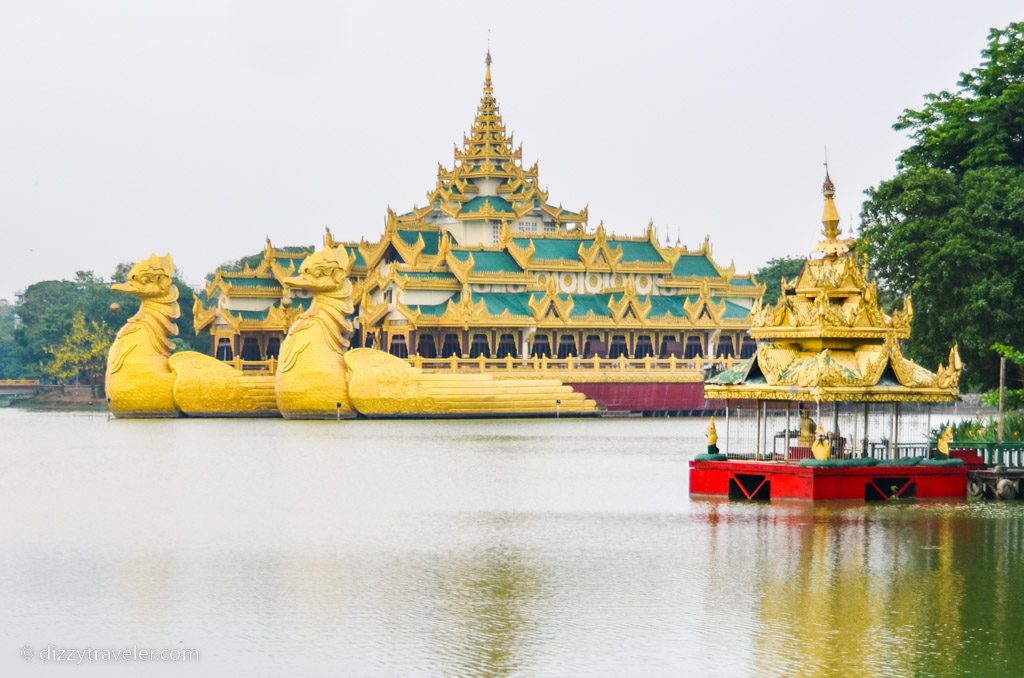
National Races Village (People’s Zoo)
The National Races Village aims to represent the various main ethnic groups that live in the country. We went there by taxi, about 25 minutes drive from downtown Yangon. It was an opportunity for me to learn more about the cultural diversity of Myanmar and the many different indigenous tribes, how their houses look like, ethnic clothes, wooden furniture, and the tools they use. Locals sometimes call the village the “People’s Zoo.”
There is a small entrance fee, plus an additional charge if you want to hire a bike. You can cycle around the different areas, though; it is a lovely way to get from A to B at your own pace if you can handle the daytime heat.This village is devoted to Mon, Chin, Syan, Rakhine, Kachin, Kavah, Kayin, and Bamar peoples. Within each area, you will find homes typical for the different ethnic groups, as well as a selection of household implements and traditional clothing, kitchen, utensils, paintings, etc. In addition, the village is part of a huge park that is also home to a beautiful lake, a crocodile farm, and a bird sanctuary.
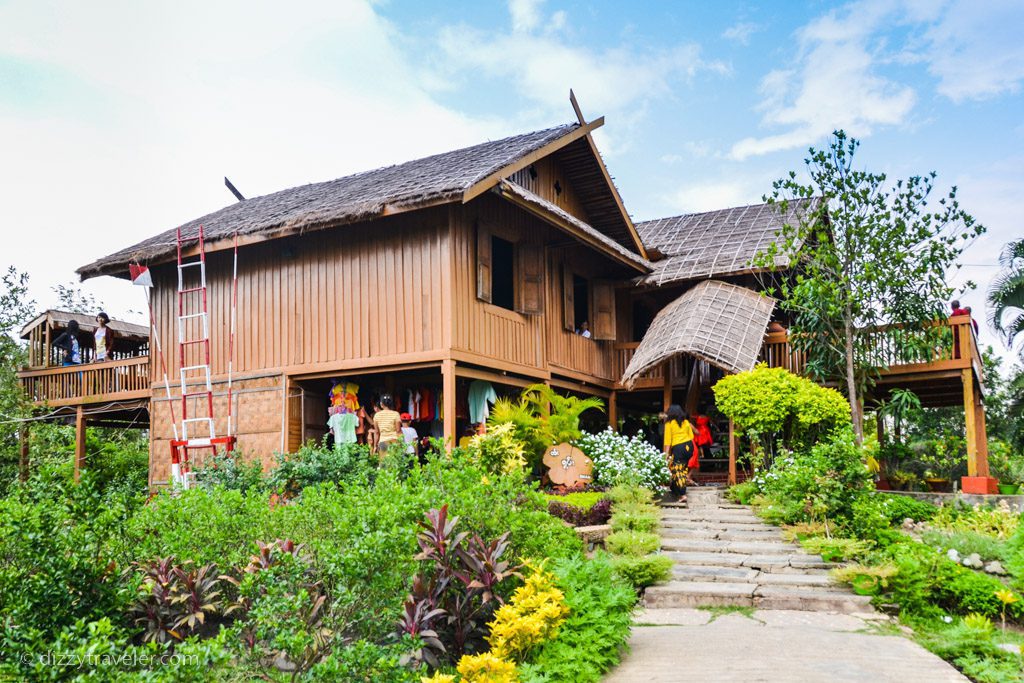
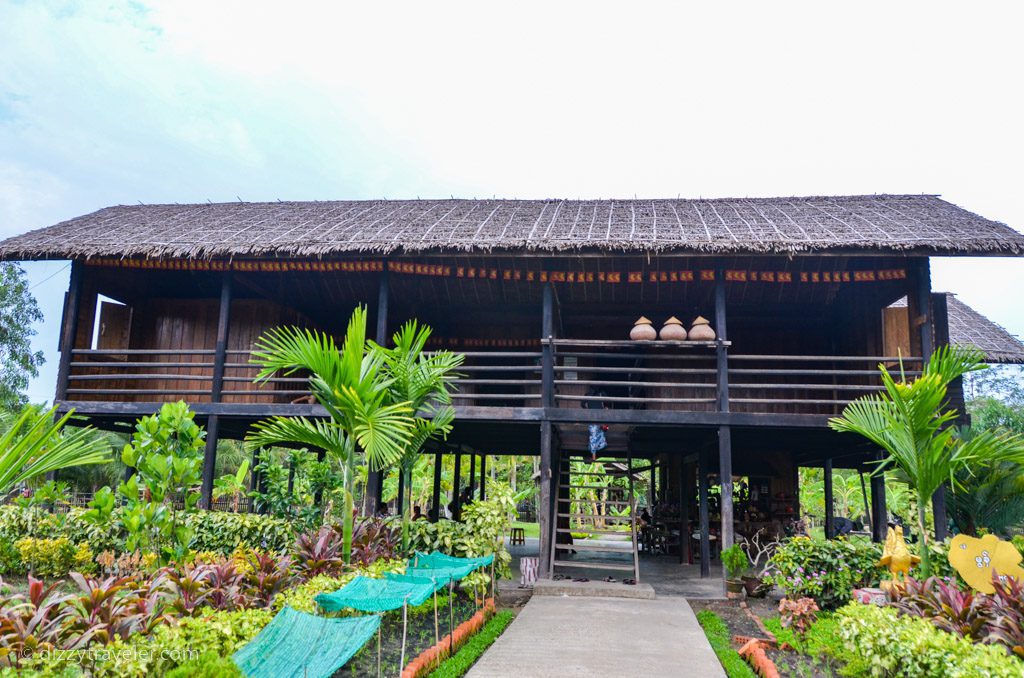
Early Morning – Visit A Local Market
Thein Gyi Market is located in downtown Yangon, and there are many morning markets in different corners. This one was not too far away from Sole Pagoda. You get everything you need to cook delicious Burmese food in the market: fresh-caught fishes, green vegetables, meat, indigents, and many stalls are in the open air.
The morning market also witnesses the monks passing by to collect the offerings. One of the best ways to experience a city and understand local lifestyle is by visit a local market. One of the most notable downtown markets was Thein Gyi Market on Street 26, across from the Shri Kali Temple. As a travel photographer, it was a great early morning photo opportunity for me right in the middle of a busy road shared by another motor vehicle.
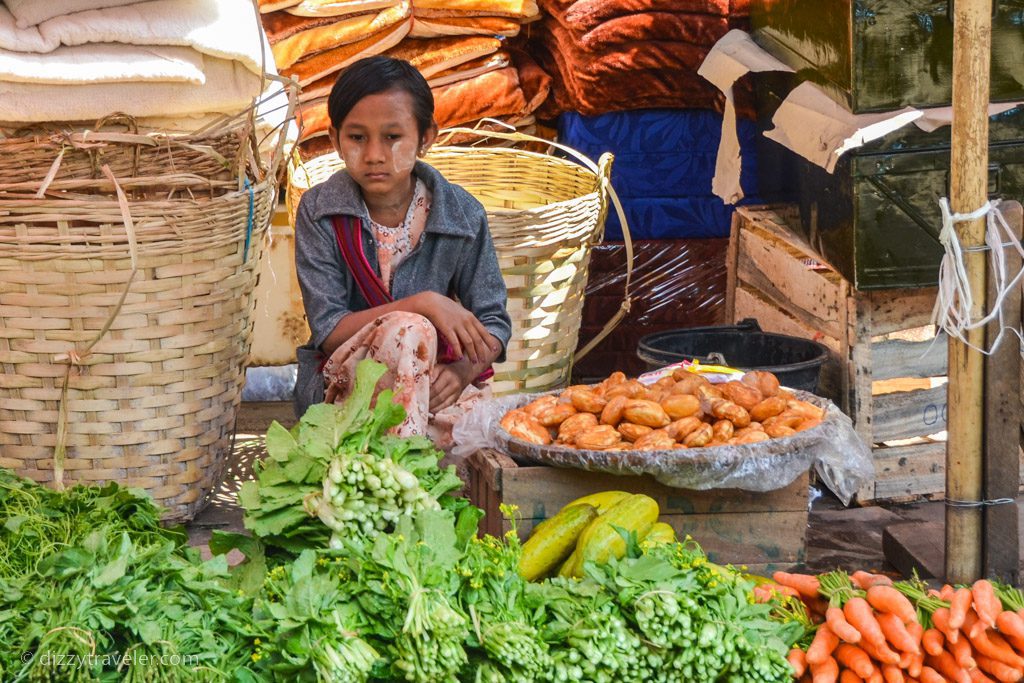
Have a Beer By The Lake
Between a busy schedule of hopping Pagodas or attractions to attractions on a hot summer day with the temperature shooting up to 44 Degrees C, what better experience could it be than to stop by at a makeshift roadside restaurant and have a local cold beer? I still remember the moment and am so glad that I did it.
Have Food Like The Local
Eating local Myanmar food and drinking tea is one the most incredible things about visiting Yangon. I recommend you try Myanmar Salad, especially tamarind leaf salad. This salad was unique because it was made from fresh tamarind leaves, onion, peanuts, and chill; the taste was excellent. I believe you may not see it elsewhere in the world. Myanmar is between India, China, Bangladesh, and Thailand, so the flavors of their cuisine have been influenced by this spectrum of regional diversity.
Nothing can beat the experience of having lunch at a local roadside restaurant where only the locals go. The curries and other side dishes in small bowls are delicious and definitely the traditional tea. Sometimes the curries can be a little on the oily side, but the flavors and the spices are so delicious. A bowl of Mohinga should not be missed even if you spend only a day in Myanmar and you would come across mohinga, the national dish. You can get it at tea shops, cafes, street stalls, and hawkers. In addition, vendors will set up along the sidewalks in the early morning and dole out bowls of mohinga for an inexpensive, quick breakfast. Mohinga is a rice noodle and fish-based soup.
Visit Bogyoke Aung San Market
Yangon is a vibrant, bustling city, and there’s no better way to soak in the atmosphere than by exploring Bogyoke Aung San Market. This market has been around since 1926, when Yangon was still under British rule, and was initially called Scott’s Market. On the outside of the market are many European-looking cobblestone streets and colonial architecture from that time; a large indoor section is set up more like a bazaar. Today, it’s still one of Yangon’s biggest and most important shopping centers, and it’s always bustling with tourists and locals alike. A perfect place to buy souvenirs, handicrafts, or local dresses if that is something you like buying.
Take The Circular Train Around The Town
The circular train is one of my unique experiences and photo opportunities in Yangon. The Circle train operates on a 50 km loop around Yangon. Apart from the rural scenery, the sounds of life from villages to open markets are its main attraction. You can hop off at any station to try local food and make your shots of unusual scenes like water buffalo swimming in a pond and local activities.
Trains are a relatively common form of public transportation throughout Myanmar; the British built this circular loop route in Yangon back in 1954. The circular railroad runs for under 50 kilometers, stops at 39 stations, and takes about 3 hours to complete. So if you have enough time to spend in Yangon, this should be a trip not to miss.
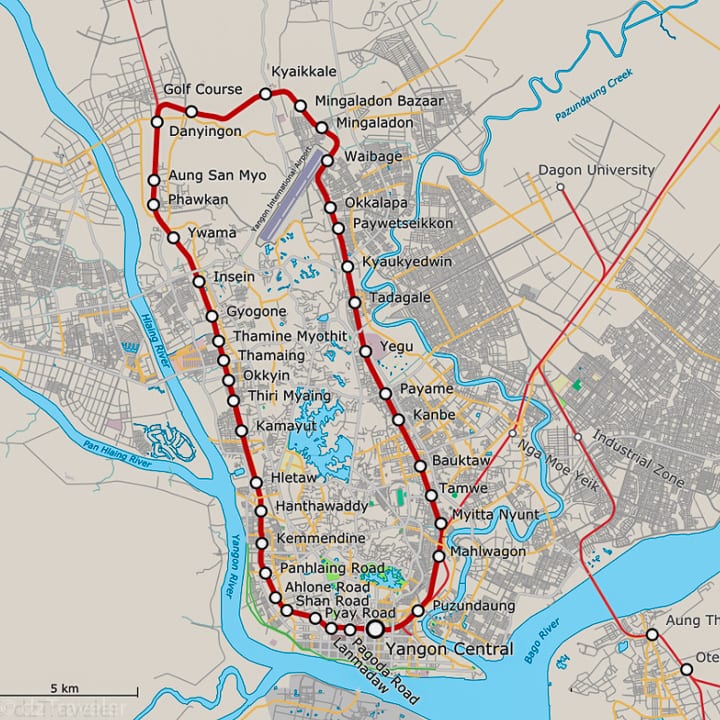
Stroll Through The China Town
19th Street in Chinatown, Yangon (Rangoon), is famous for its long rows of barbecue stalls. Ask any taxi driver they definitely knows where it is. There are many food stalls and a selection of crowdy beer joints on 19th Street. The most foreigner-orientated in terms of decoration and menu is Kosan (108, 19th Street); Shwe Mingalar (105, 19th Street) is worth checking out, but a great experience and good time can happen anywhere you decide to settle in for the evening.
Most places don’t even offer a menu unless you ask; instead, they have stands stacked with skewers of all types of food. If you’re with a group, it’s a perfect place to share a plate or two for a build-your-own set dinner for what can be a minimal amount of money. Most skewers come in three- to five-bite portions and start around 150 kyats for vegetables and 300 kyats for meats. Draft beer is usually available at 600 kyats a mug, and there are always local whiskeys for sale.
Book your Sightseeing Trip
There are a lot of beautiful places to visit for activities to bring unforgettable memories back home. Please click on our below affiliate link to see your options.

